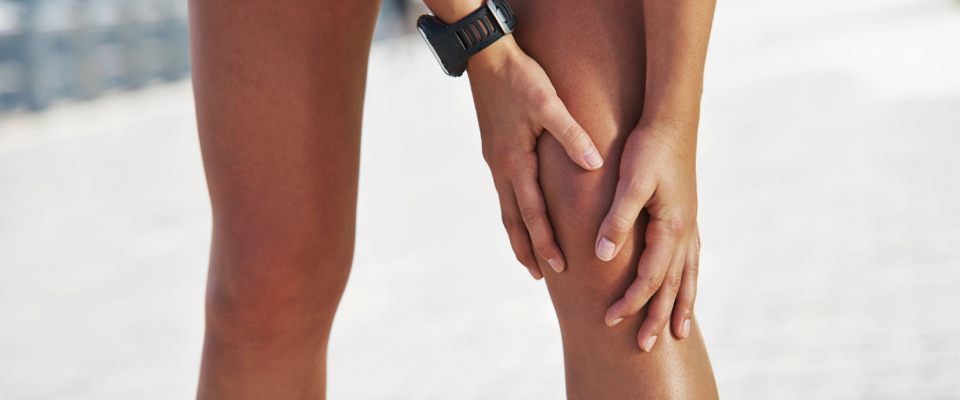How To Get Rid Of Fluid On The Knee
Make sure your knee is elevated to hip level or above to discourage fluid build up and improve circulation.
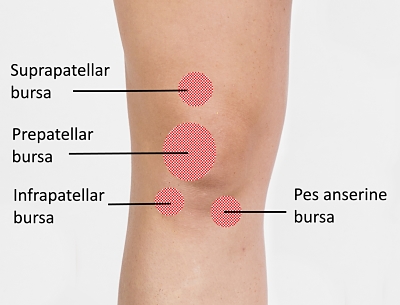
How to get rid of fluid on the knee. This can be done by applying ice to the affected area for 15 20 minutes at least three times a day. Applying cold to your knee may reduce pain and fluid buildup. Massaging the knee may help fluid drain from the joint. Using pain medications like ibuprofen etc.
Apply cold and compression. One needs to also raise the knee about the level of the heart which can be done using pillows. Risk factors are age sports participation overuse or obesity. If the swelling is severe you might need to have fluid removed cyst aspiration.
Avoid activities that bear weight on you knee when you experience symptoms such as pain and inflammation. The fluid in the swelling could be tissue fluid synovial fluid or even pus if there is an infection. An obvious and probably the most natural step is to rest the knee. This will be done by aspiration.
How to get rid of fluid on knee. You can give yourself a gentle self massage or get a massage from a professional. Here are a few ways to eliminate knee fluid. You can use pillows for comfort.
Elevate your knee above your heart whenever possible. Apply ice to your knee for 15 to 20 minutes approximately every two hours. When swelling on the knee is caused by a excess fluid buildup some at home remedies can ease your symptoms and get the swelling down to a manageable level. For a self massage you can choose to apply lubrication to.
Then use cold therapy. For others knee surgery or even joint replacement may be necessary. Instead elevate your knee higher than your heart. There are several options such as a washcloth soaked in cold water ice cubes in a plastic bag or a commercial cold pack stored in the freezer.
Strengthen the muscles around your knee. Can help with the pain and inflammation. According to the mayo clinic symptoms for water on the knee include pain swelling bruising and stiffness2. Keeping the knee wrapped in a compression bandage like an ace wrap is an excellent idea until the fluid is dispersed.
Use a compression bandage to help hold the ice pack on and to keep the swelling to a minimum. Many people with water on the knee will need to have the excess fluid removed. The knee is a complex joint and it is possible to injure one of the bones muscles tendons or ligaments in the joint causing swelling stiffness and pain. A swollen knee is typically the result of an injury or chronic health condition.
When using ice or freezer packs do not place them directly on the skin instead wrap them in a towel before placing them on your knee. Video of the day.

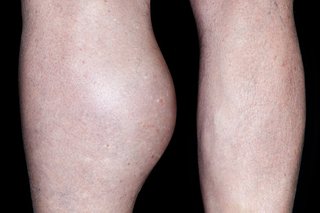
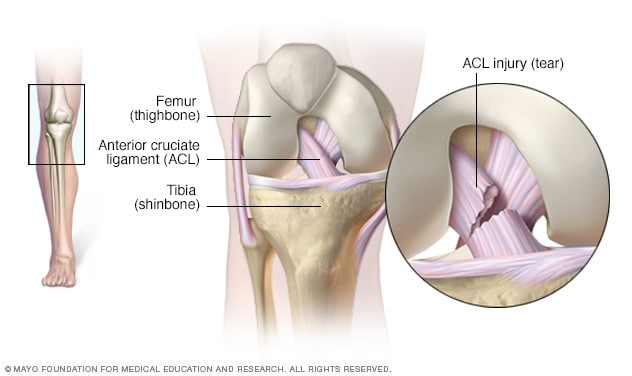


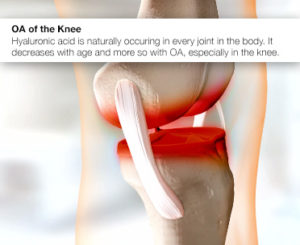
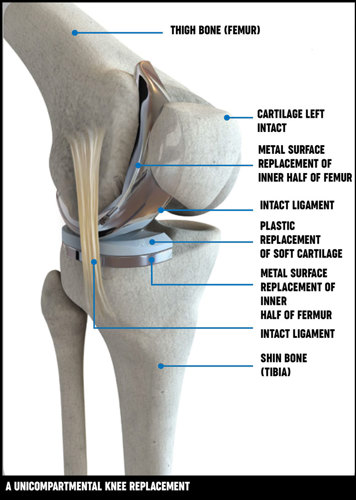


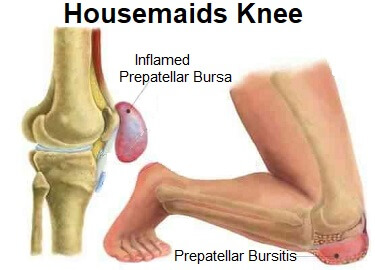
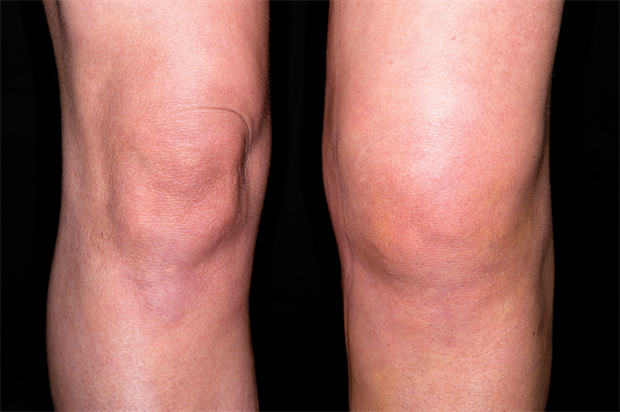


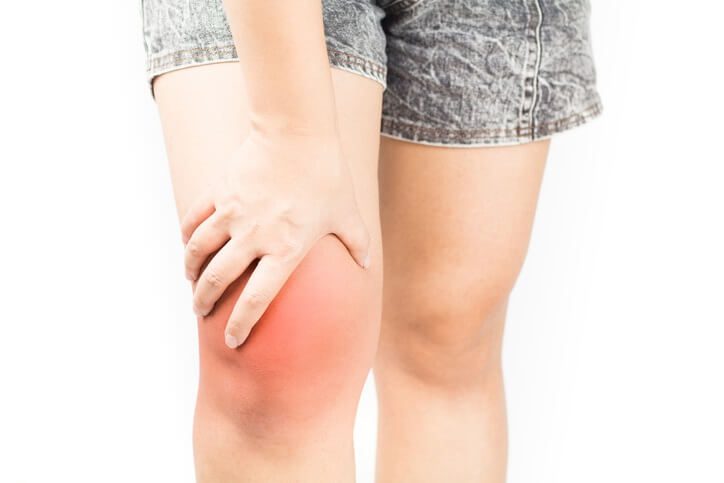
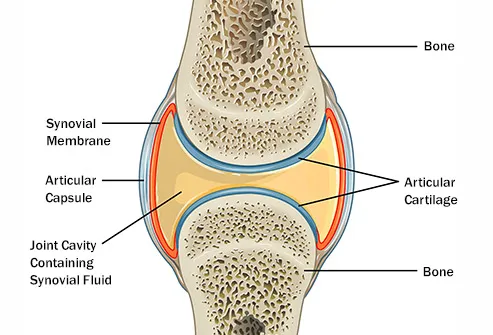



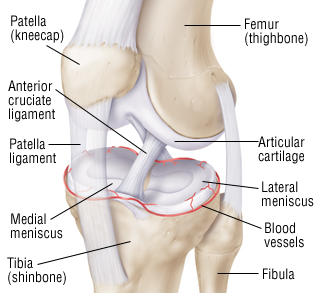

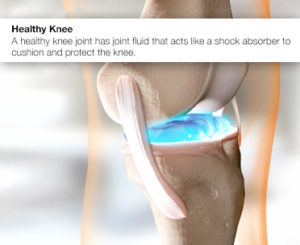
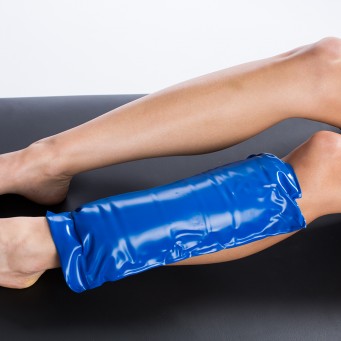
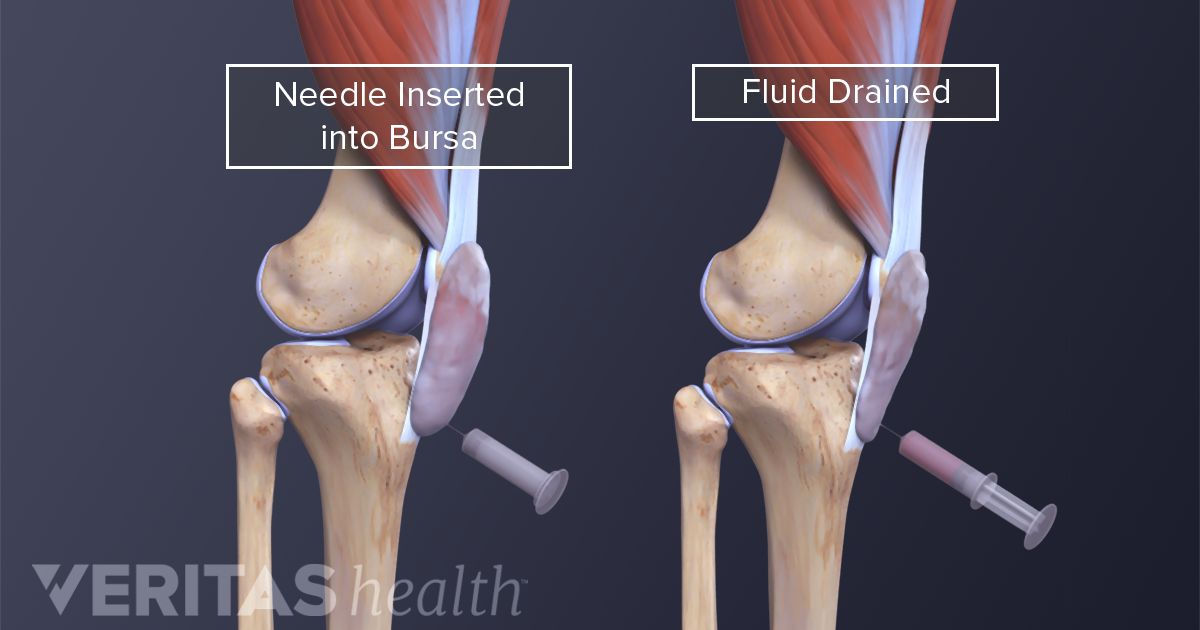




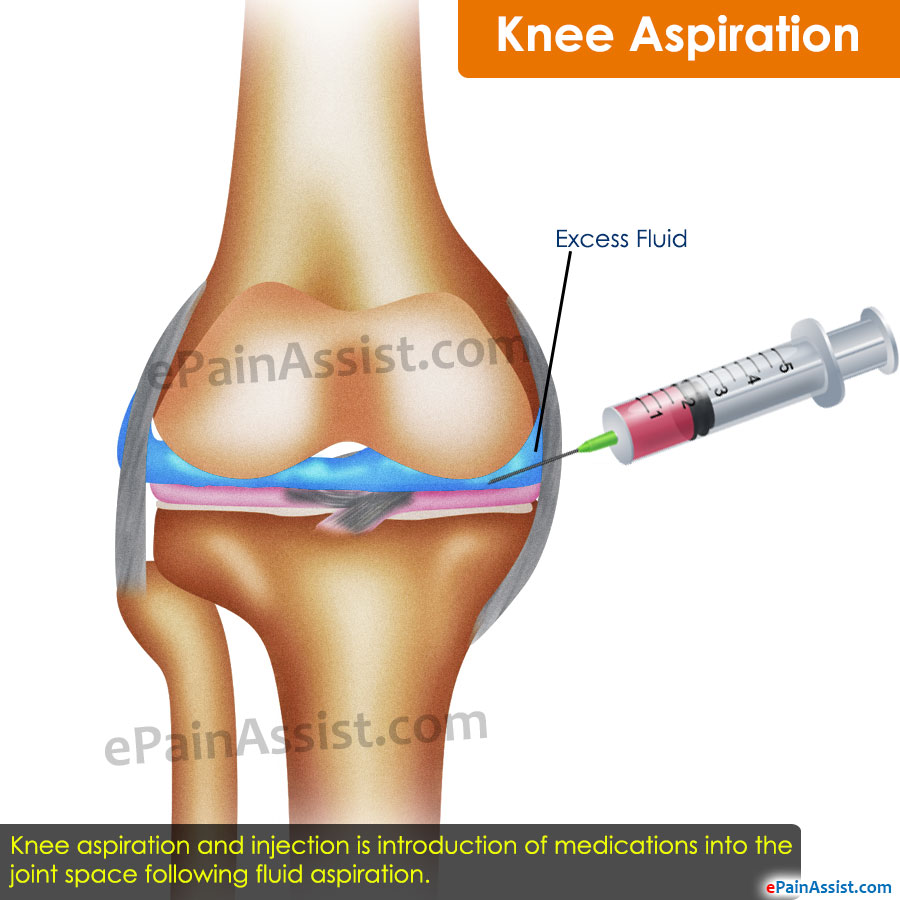


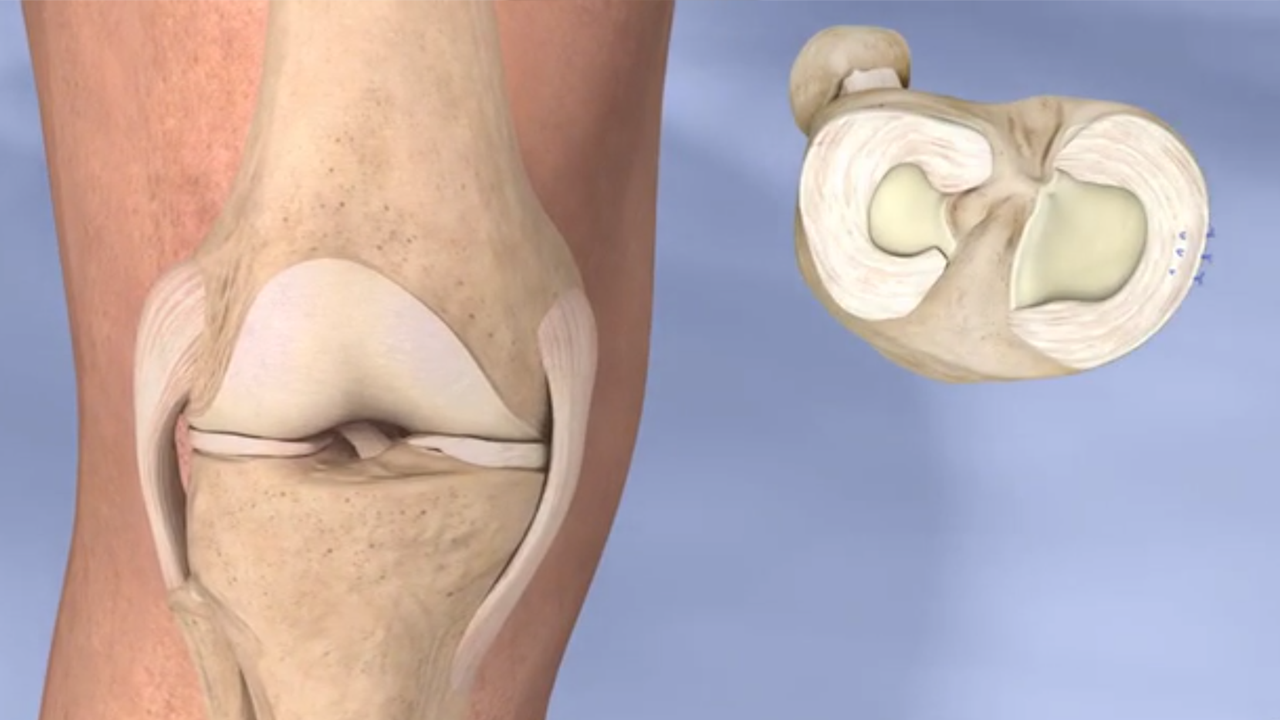
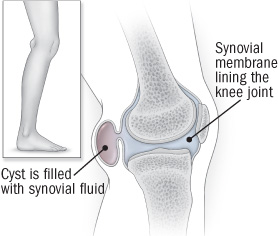
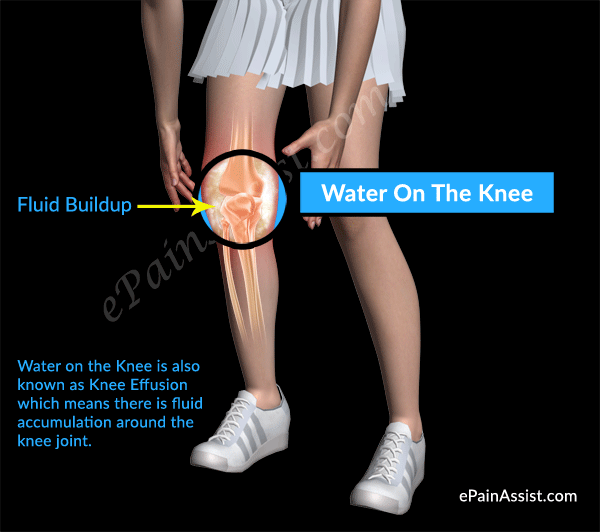



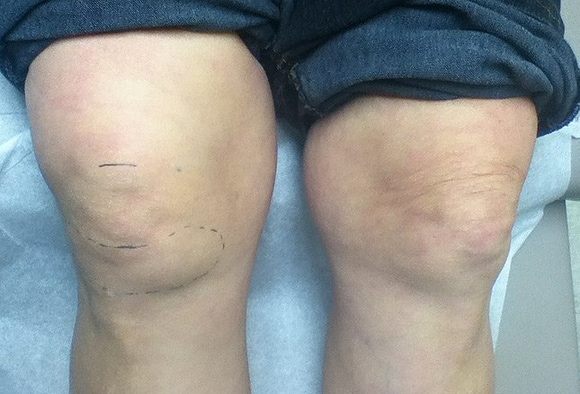
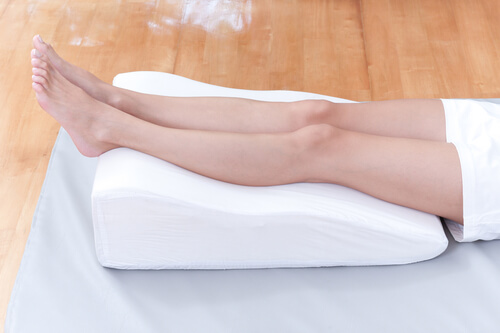

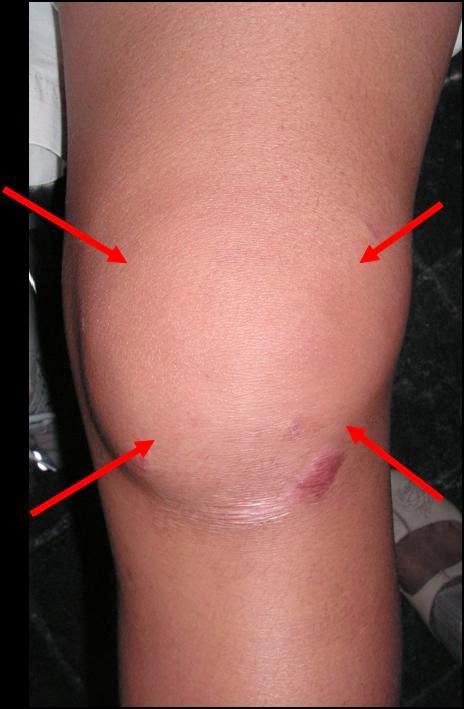
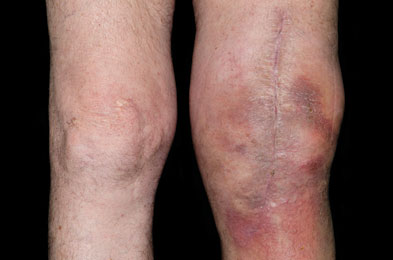
/GettyImages-83189498-c600db50e801443ead53412d67c35069.jpg)
.ashx?h=236&w=450&la=en)
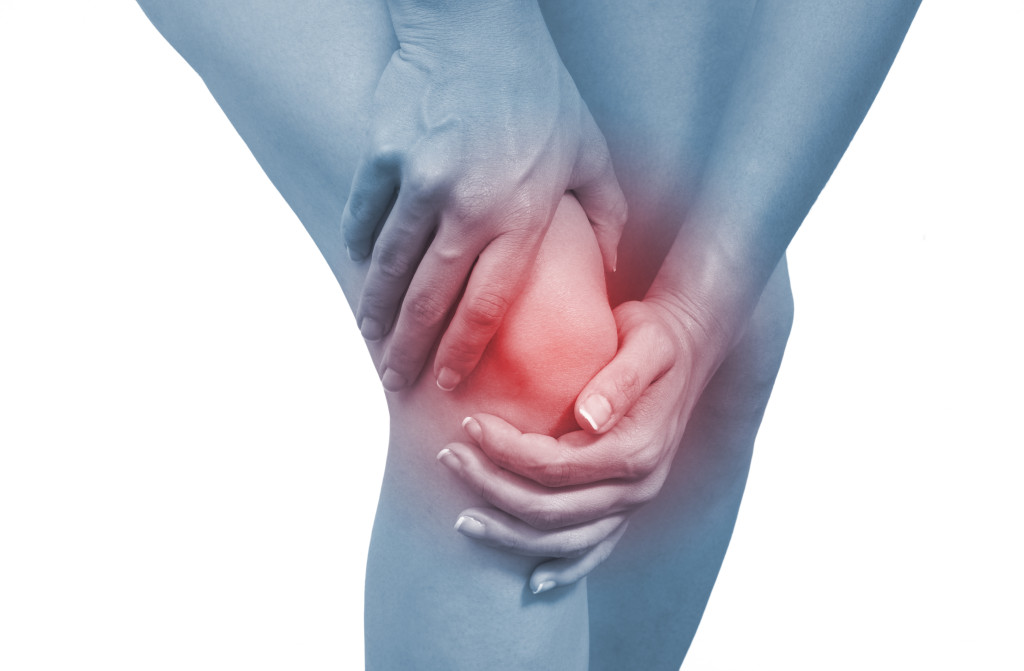
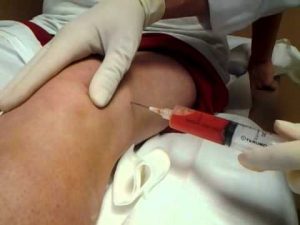

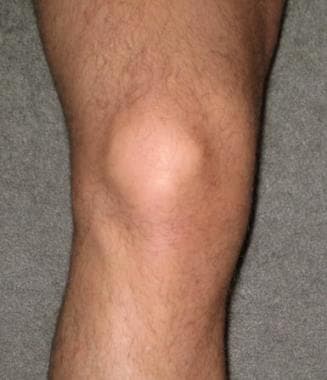

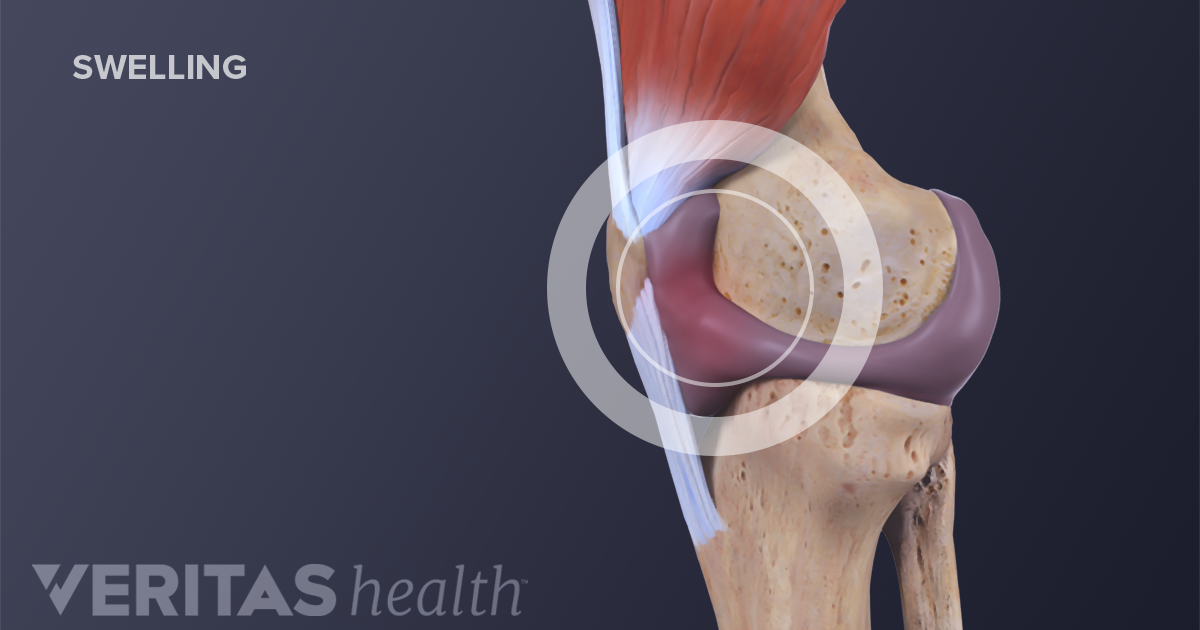





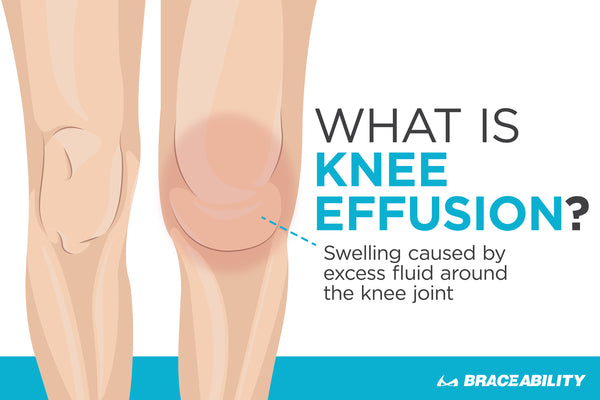
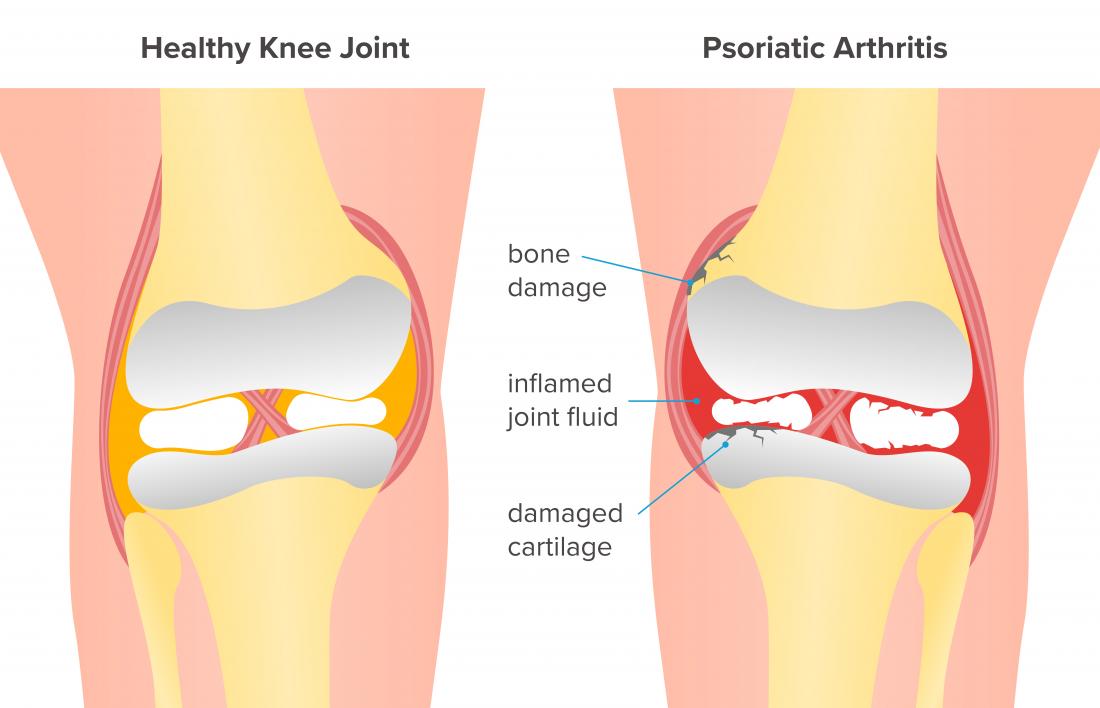









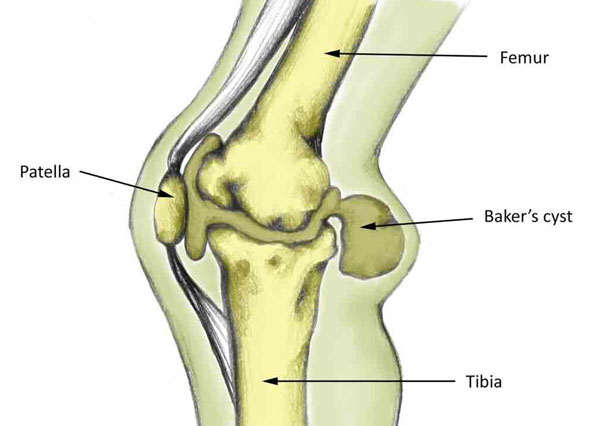


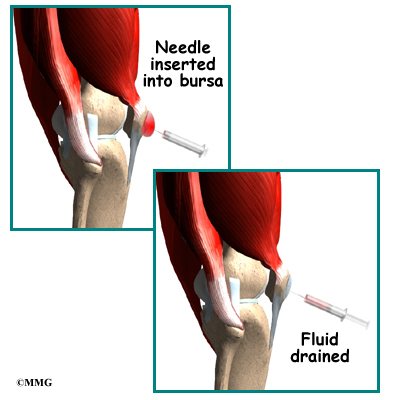
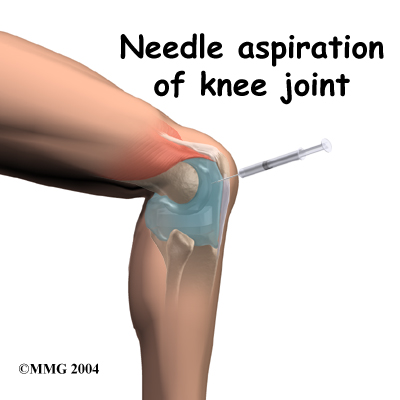

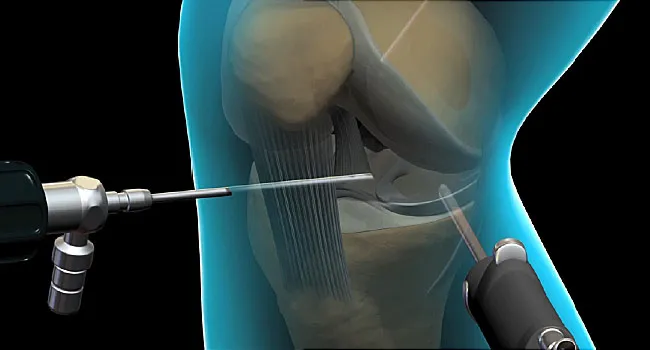
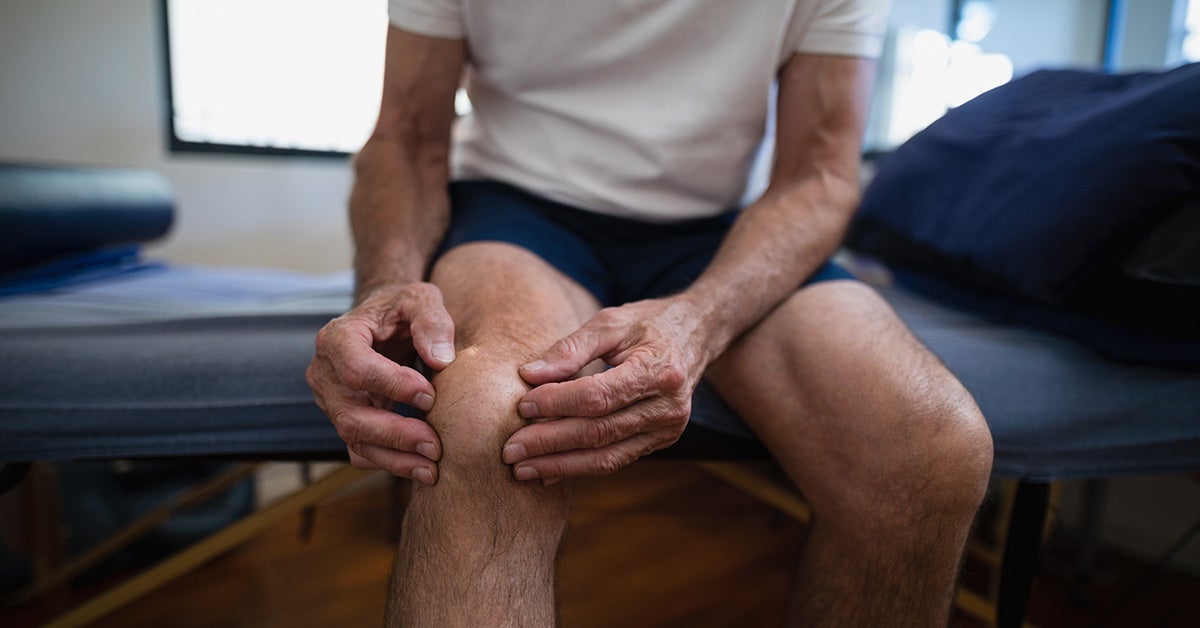
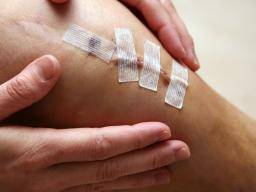

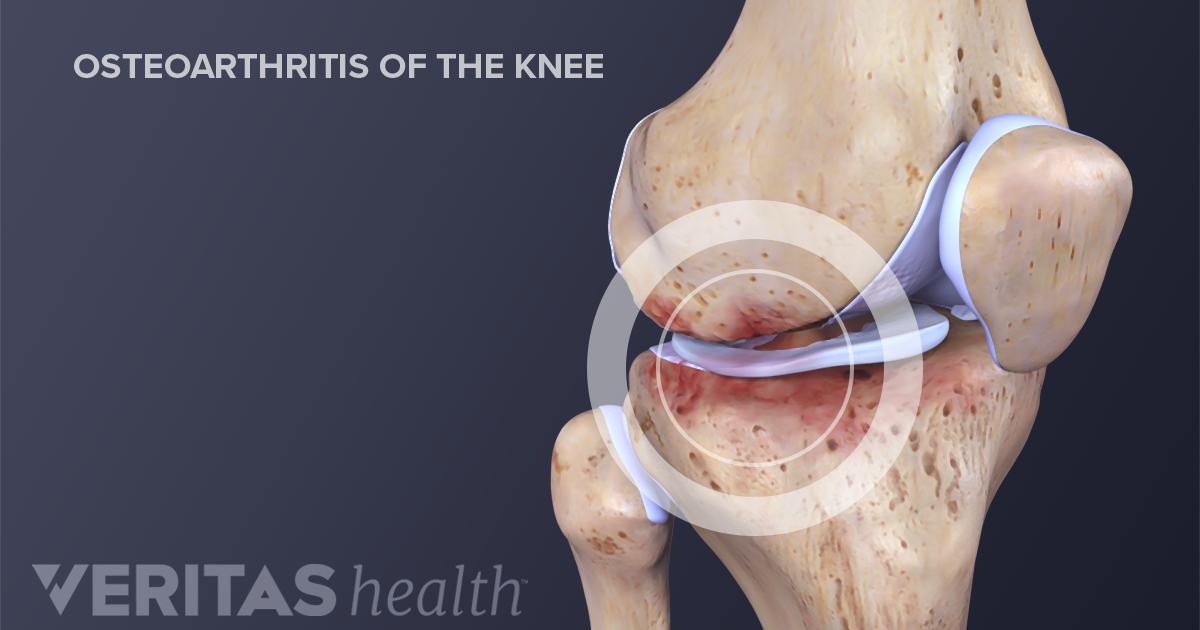


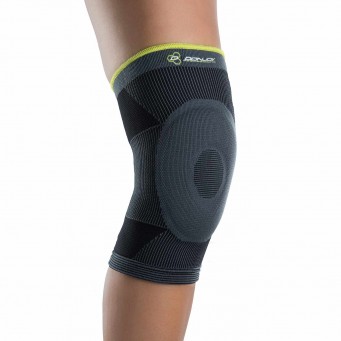

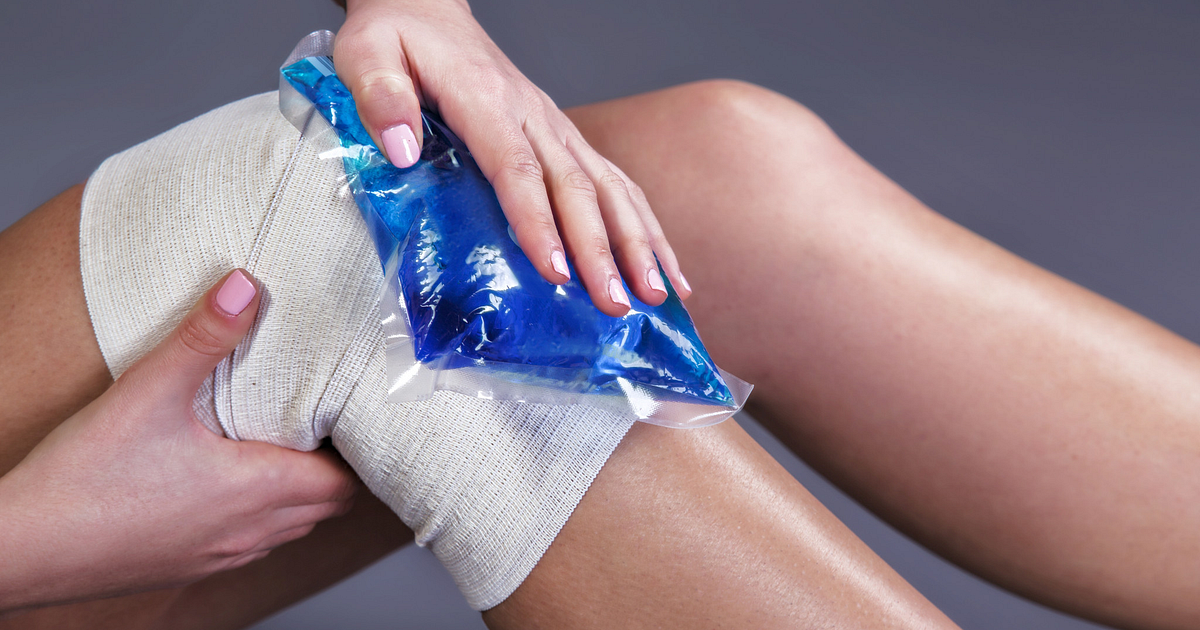

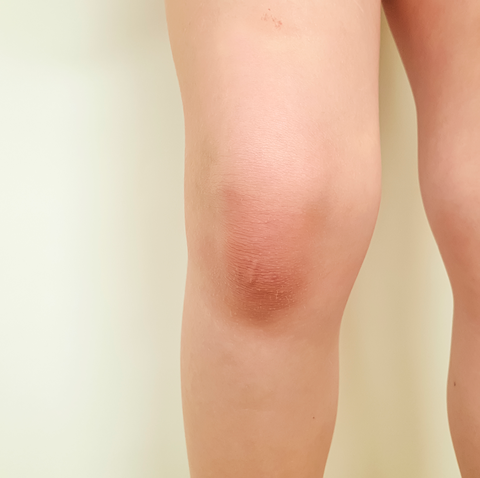
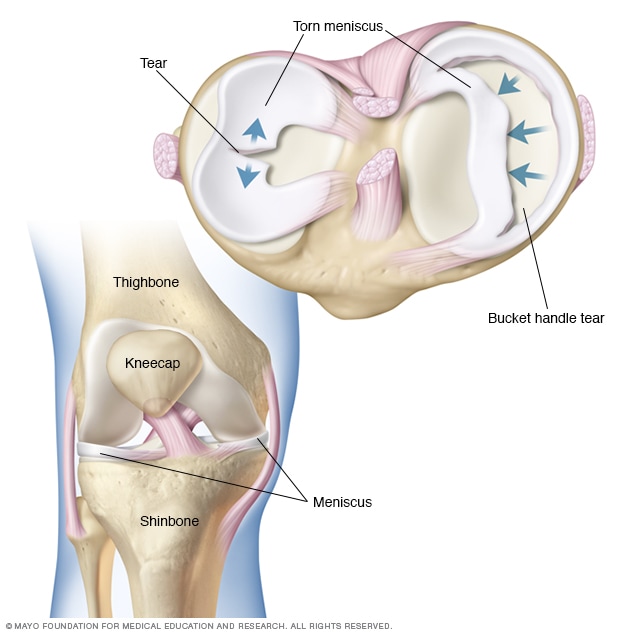
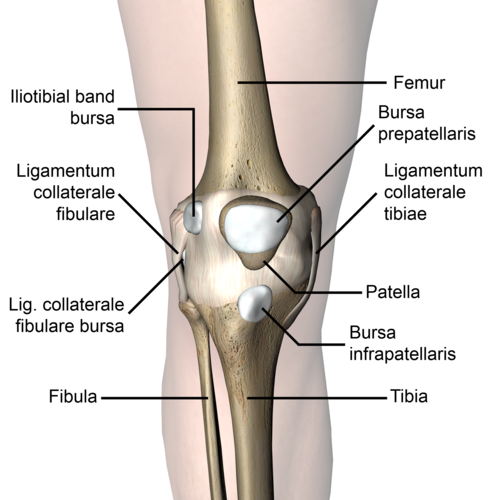
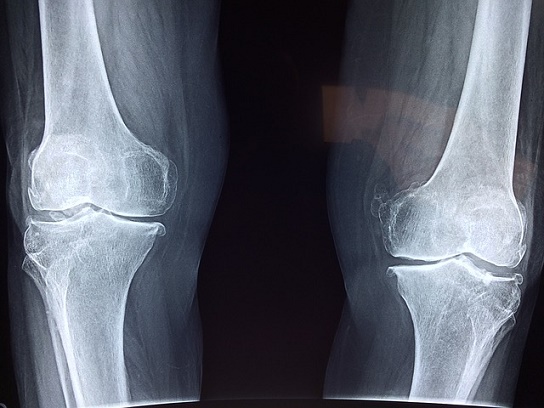
:max_bytes(150000):strip_icc()/knee-swelling-2549489-694a97f13a684194b397626425bb0338.gif)


/what-is-joint-effusion-189282_color1-5c1afda046e0fb000176973c.png)

